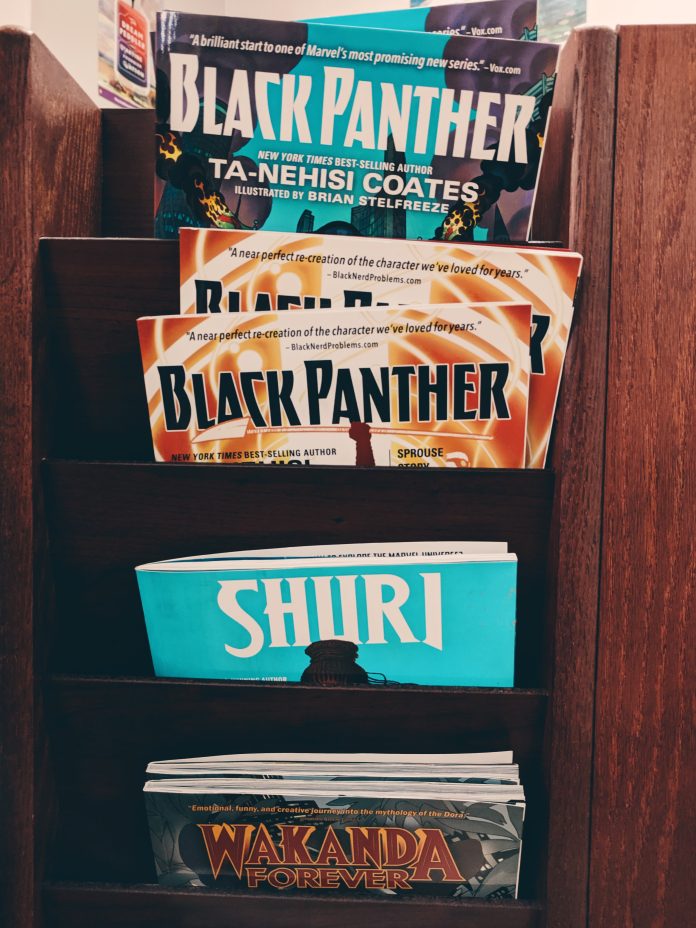
This opinion piece contains spoilers for “Black Panther: Wakanda Forever.”
If you haven’t watched “Black Panther: Wakanda Forever,” then you don’t want to continue reading because I’m going to spill the tea, and I don’t know if it’s your kind. Before watching “Wakanda Forever,” I made sure not to watch any spoilers or have any idea what the movie was about. Now that I have watched the movie and gotten through it without crying, let’s say it went above and beyond in fulfilling my expectations. The depiction of Western countries in this film is important because it is the reality of almost every non-white person in the world.
This highly anticipated film had me on the edge of my seat, as I am sure it did for others as well. In the first scene, we see Shuri (Letitia Wright) trying to do everything she can to save her brother’s life. Evidently, there is nothing she can do. In this movie, we know Wakanda has made the world aware of their vibranium. This has come with a cost. After one of the facilities was attacked by France, Queen Ramonda (Angela Bassett) gave an astonishing warning at the UN, or United Nations. The attempt made to exploit this afro-futuristic kingdom of its resource was not something she took lightly. When she said that vibranium needs protection from the Western countries, a lot of us were thinking the same thing. The history of African exploitation, to be touched on in this film, was not something that I expected and yet was delighted by. To have a Marvel movie depict Western countries in a way where they are othered, especially when they are typically the ones doing the othering, was refreshing to watch. It accurately depicts them as the ultimate villains of this story.
In the film, we are introduced to Namor (Tenoch Huerta Mejía), a demigod leader of the underwater kingdom of Talokan. There is a scene where Namor explains to Shuri how Talokan came to be. He expresses to her that when European colonizers settled into the Yucatán peninsula, they brought diseases that killed people. In an effort to save themselves, a tribe discovers vibranium that gives them superhuman powers the ability to breathe water, his mother being one of those people. Hence, the foundation of Talokan, which was inspired by the mesoamerican cultures of the people. Since Talokan is the only other inhabitant of vibranium and theirs too was sought after, this caused issues for Namor. Throughout the film, it is clear that Namor is angry and has a personal vendetta against the surface world. With that being said, he has every right to. There is a scene in the movie where Namor comes to the surface to bury his mother when he was a kid. During this, he encounters Spanish colonizers who have enslaved the land's indigenous people. He then kills everyone out of rage, igniting his hatred for the humans of the surface world.
The representation of Namor is important because the depiction of his character was shining a light on the Indigenous people, who tend to be forgotten in our current worlds, whether that is in our education system or the various media mediums. His anger toward the humans in the film was much deeper than most can comprehend. But it was something that certain demographics could relate to and resonate with. This makes it a powerful portrait of the reality of those that are forgotten and often not getting the care and attention they deserve.


